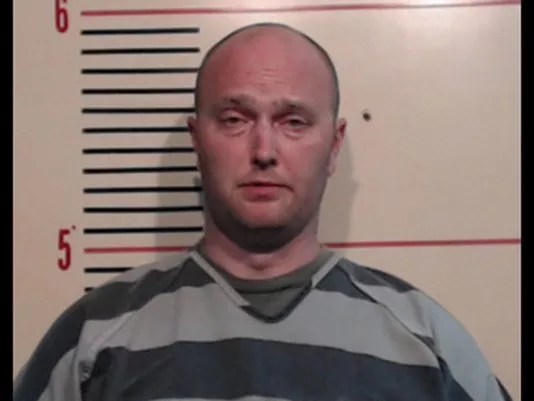
Parker County

Audio By Carbonatix
On Wednesday, Roy Oliver, the ex-Balch Springs police officer who shot and killed Jordan Edwards, for the first time gave the public a glimpse of his side of the story. In a court filing made in response to the federal civil lawsuit filed against Oliver by Edwards’ parents, the former officer outlines his version of what happened that night, claiming that he “fear[ed] for himself and others” as the car in which Edwards was riding drove away from Oliver and Tyler Gross, another Balch Springs police officer.
After a 911 call claiming there were drunken teens spilling out of a party and hanging out in the middle of Balch Springs’ Baron Drive, Oliver and Gross headed to the house party at which the teenagers were hanging out. The officers “amicably” broke up the party, Oliver says in his filing.
As the officers talked to partygoers inside the house, they heard “six to 10 shots” according to Oliver. The officers and teens all headed outside, and Edwards, his brothers and a friend piled into a Chevrolet Impala and attempted to leave. As the teenagers did so, according to Oliver, they reversed down Baron, the street in front of the house, to Shepherd Lane. As the car pulled away from the officers, Oliver says, Gross pursued the car on foot. Oliver, feeling that he needed to back up Gross, grabbed a service rifle from his patrol car and followed behind.
When the car reached Shepherd Lane, the driver, one of Edwards’ brothers, put it in drive and drove past the officers. As he did, Gross broke the rear passenger window of the car with his gun. The sound of broken glass, according to Oliver, made him believe his partner was in danger. Oliver fired three to five rifle rounds into the car from 10 to 15 feet away, he says. One of those bullets hit Edwards in the head, killing the Mesquite High School freshman.
“From his peripheral vision, Oliver sees Gross move his weapon towards the rear passenger side window. Oliver hears violence/breaking glass at Gross’ location, and in fear for himself and others, Oliver fires his weapon into the car,” Oliver’s response says.
His use of force “was a reasonable response to a reasonable perception that the actions of the occupants of the black car under the totality of the circumstances created an immediate risk to another person of death or serious bodily injury,” the filing says.
Oliver was arrested May 5 for killing Edwards. This week, a Dallas County grand jury indicted him for murder. Whether he’s found guilty will depend largely on how the jury feels about Oliver’s perceived fear and his claim that he acted reasonably, according to Philip Stinson, a Bowling Green State University criminologist who maintains the United States’ most comprehensive database of alleged crimes committed by police officers since 2005.
“We’ve seen in several cases recently that have resulted in mistrials with a hung jury, the officer will get on the witness stand in their own defense at a trial and say, ‘I thought my life was in danger,'” Stinson says. “As soon as some jurors hear that, they think, ‘That’s it, I’m not going to convict a cop who thought his life was in danger.'”
Oliver reported that the car was coming toward both officers when he fired his rifle. Body camera footage of the shooting contradicted that account.
When police officers shoot someone, according to Stinson, they are held to a far different standard than the general public.
“If you or I went outside and shot and killed somebody right now, the police would start with the assumption that we’d committed an act of murder and go from there,” Stinson says. “If a police officer on duty shoots and kills someone, the general assumption that’s started with is that the officer had a justification, that they were justified in using deadly force.”
Oliver has already forfeited some of that benefit of the doubt, according to Stinson, because he lied in the aftermath of the shooting. Oliver initially reported that the car in which Edwards was riding was coming toward both officers when he fired his rifle. Body camera footage of the shooting contradicted that account, according to Balch Springs police Chief Jonathan Haber. Oliver’s initial false statement could give a jury room to convict him, Stinson says.
“My sense is that the officer lied or for some reason gave a statement that said the vehicle was moving towards him when it was moving away from him. On that alone, there’s probable cause to believe that it was not a justified shooting,” Stinson says. “In other words, there was not a reasonable apprehension of an imminent threat. The standard is one of a reasonable police officer, so what a reasonable officer would’ve done in that situation, not subjectively what officer Oliver would’ve perceived.”